In English-speaking countries, people sometimes say “I feel blue” when they’re sad and “I’m so angry I’m seeing red.” Do these same links between specific color and emotions exist in other countries, too? Do people everywhere feel blue and turn green with envy?
According to one theory, at least some color-emotion pairings should be universal because certain colors are associated with specific emotion-laden experiences that have evolutionary significance (Jonauskaite et al., 2020). Red is the color of bloody violence, which is associated with anger and danger. Black is the color of night and caves, which are associated with fear and uncertainty.
A second theory states that certain colors and ideas are linked with each other in language and folklore, but the pairings are arbitrary. In some places, first aid is represented by a red cross. In other places, a green cross.
Because the pairings are arbitrary, color-emotion associations should vary across cultures that have different languages and traditions (Jonauskaite et al., 2020). In the 2015 animated film “Inside Out,” a young girl has five emotions living in her head—and each emotion is a different color. Disgust is green, fear is purple, and so on. The pairings probably would have been different if animators at Disney, not Pixar, had made the film.
Read: What Your Favorite Lipstick Color Says About Your Personality
Which theory is correct? Studies by linguists and others have found evidence of similar color-emotion pairings across cultures. It seems that red, for example, is the color of anger almost everywhere. At the same time, other studies have found interesting cultural differences. In English-speaking countries, envy is green, but envy can be yellow in Germany and red in Poland (Hupka et al., 1997).
In a study published last month in the journal Psychological Science, Swiss psychologist Domicele Jonauskaite and her colleagues examined the extent to which color-emotion pairings are universal or local (Jonauskaite et al., 2020). Using an online survey, they asked more than 4,500 individuals in 30 nations (representing 22 languages) to consider 12 common color terms: red, orange, yellow, green, turquoise, blue, purple, pink, brown, white, gray, and black.
For each color, participants could choose one or more emotions (from a list of 20) that they associate with the color. They could also indicate the intensity of the emotion on a 5-point scale ranging from low to high. A participant considering orange, for instance, might click on “amusement-4” and “joy-3.”
Jonauskaite and her team found support for the universal theory when they observed that 14 color-emotion pairings were commonly reported in almost all countries.
- black and sadness
- black and fear
- black and hate
- red and love
- red and anger
- pink and love
- pink and joy
- pink and pleasure
- gray and sadness
- gray and disappointment
- yellow and joy
- orange and joy
- orange and amusement
- white and relief
The researchers also observed that color-emotion pairings made by men and women were almost identical and that people in different age groups made highly similar pairings. Participants in all 30 nations agreed that black and red are the most emotional colors and that brown is the least emotional color. (Should we feel happy or sad for the millions of Americans whose last name is Brown?)
Read: Color Test That Will Reveal Why People Fall In Love With You
In addition to the 14 pairings found almost everywhere, Jonauskaite and her colleagues observed several color-emotion pairings that were strictly local. Nigerians were the only national group to associate red with fear.
Egyptians were the only group to not associate yellow with joy. People everywhere associated sadness with black and gray, but Chinese also associated sadness with white (Chinese often wear white at funerals), and Greeks associated sadness with purple (Greeks sometimes wear dark purple when mourning.)
The researchers also discovered that nations that are linguistically similar or geographically close have highly similar color and emotions patterns, although this “rule” did not hold strongly in every case. Germany and Switzerland are geographic neighbors, and German is the primary language in both countries. Their color-emotion pairings were almost identical. In Finland and Estonia, however, the pairings were less similar, despite the fact that Finns and Estonians are close linguistic cousins and separated by a mere 50 miles of open sea.
Like many cross-cultural studies, the study by Jonauskaite and her team had some methodological limitations, especially in terms of representativeness. India, the world’s second-most populous country, was not included in the study. Nigeria was the lone country from Sub-Saharan Africa, and Colombia was the only country from South America. The number of participants per country ranged from a high of 490 to a low of 69. It’s unlikely that 69 individuals can adequately represent an entire country.
Read: Color Psychology Decoded: What Your Favorite Clothing Color Reveals About You
Nevertheless, Jonauskaite and her colleagues deserve credit for their ambitious endeavour. Whereas earlier researchers investigated just one or two countries, Jonauskaite collected opinions from more than 4,500 participants in 30 different countries. Her major finding—a global pattern of color-emotion pairings that is modified somewhat by language, geography, and culture—vividly illustrates a fundamental tenet of cultural psychology. Every psychological phenomenon has a universal component and a culturally variable component (White, 2020).
References
- Hupka, R. B., Zaleski, Z., Otto, J., Reidl, L., & Tarabrina, N. V. (1997). The colors of anger, envy, fear, and jealousy. Journal of Cross-Cultural Psychology, 28, 156-171.
- Jonauskaite, D., and 35 others. (2020). Universal patterns in color-emotion associations are further shaped by linguistic and geographic proximity. Psychological Science, 31, 1245-1260.
- White, L. T. (2020) Culture Conscious: Briefings on Culture, Cognition, and Behavior. Hoboken, New Jersey: John Wiley & Sons.
Written by: Lawrence T. White, Ph.D
Originally appeared on: Psychology Today
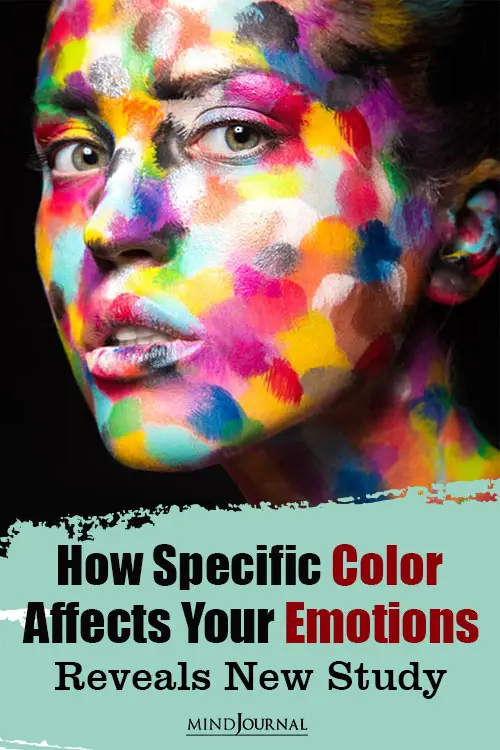
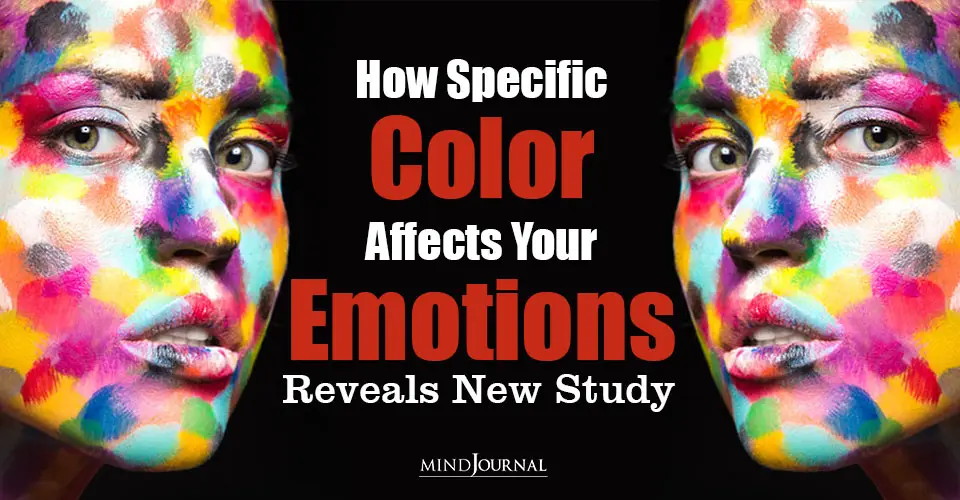
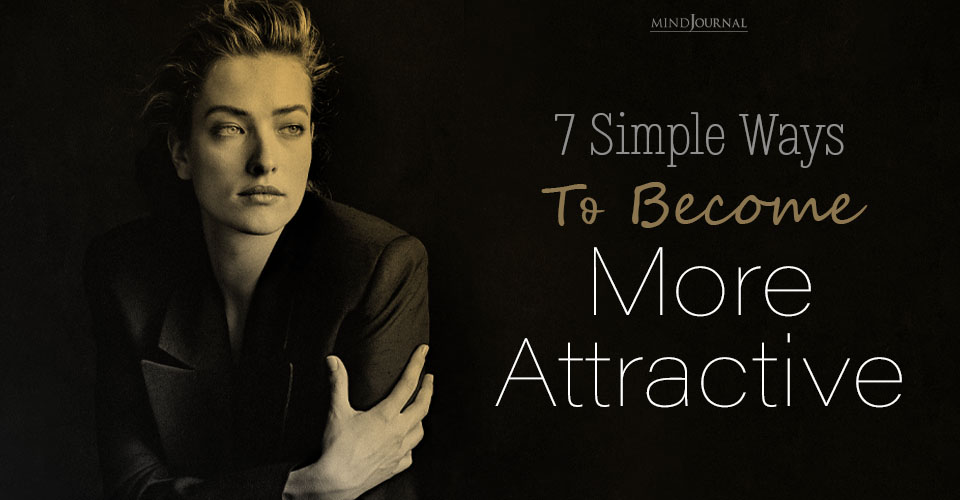
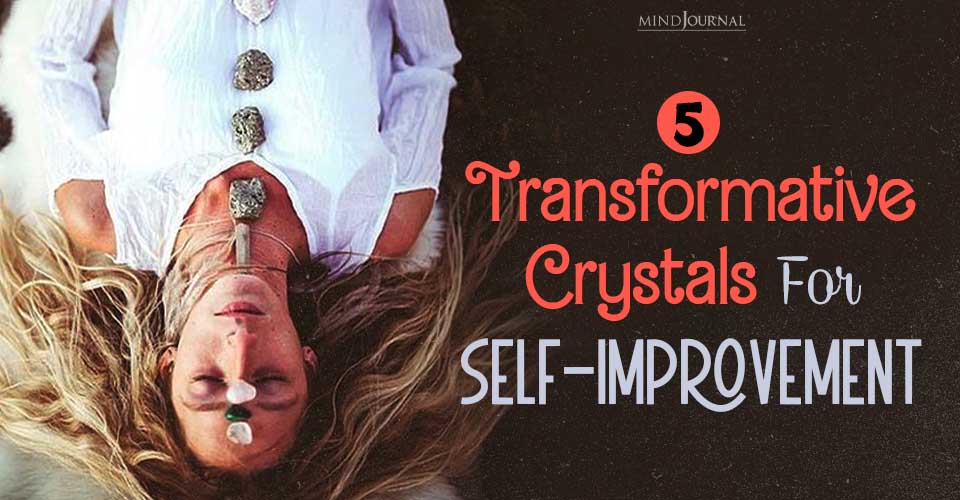
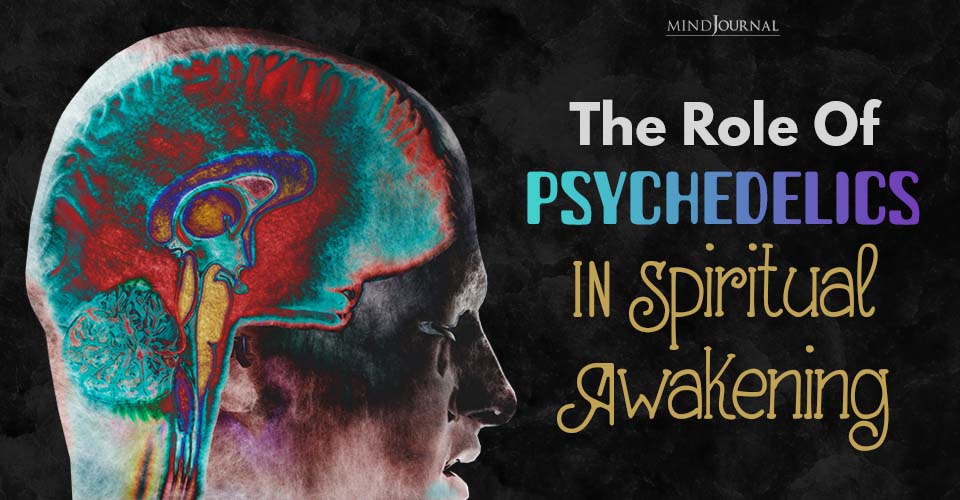


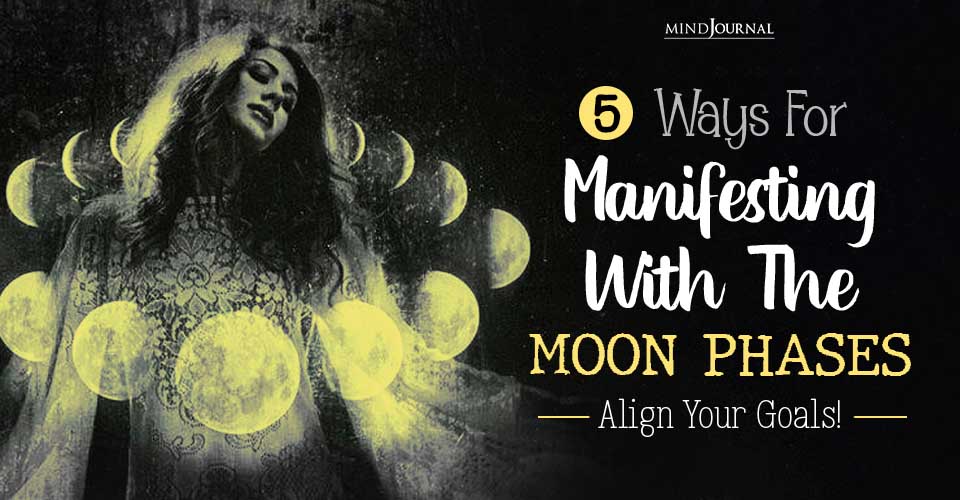
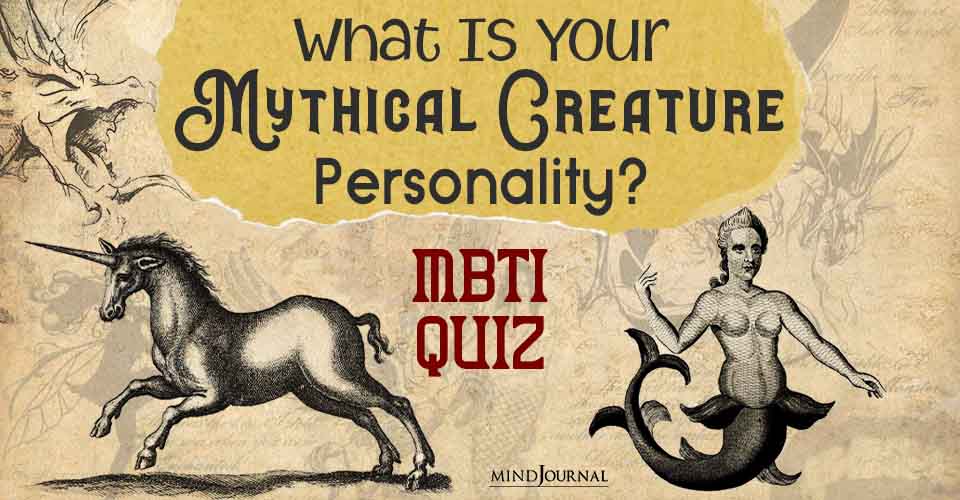
Leave a Reply
You must be logged in to post a comment.